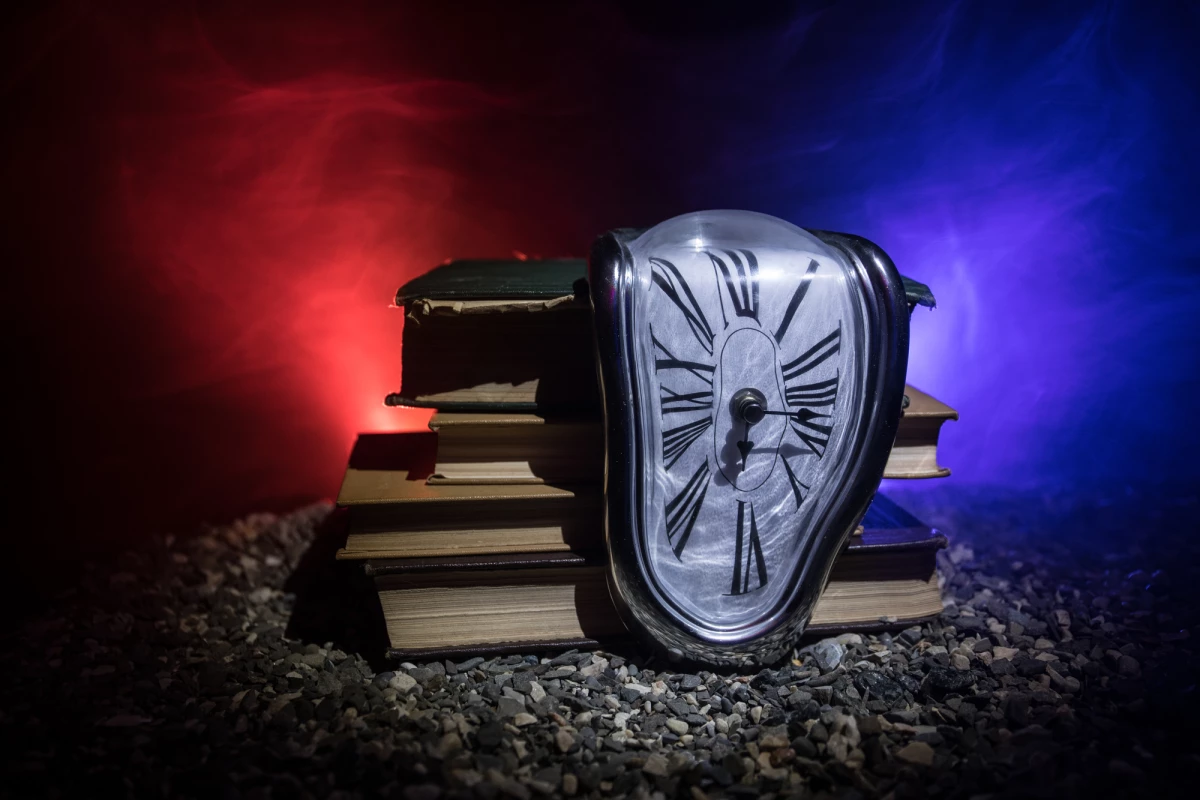We’re all too familiar with the inexorable march of time, but why exactly it flows in one direction remains a mystery of physics. A few years ago Australian physicist Joan Vaccaro proposed a new quantum theory of time, and now a team is planning to test the hypothesis by searching for time dilation in a nuclear reactor.
The “arrow of time” points from the past towards the future, but physics has a hard time explaining why it favors one direction over the other. The most widely accepted explanation for this asymmetry is covered by the second law of thermodynamics, which states that time tends to flow in the direction of increased entropy, which is essentially the measure of disorder in a system.
But according to Vaccaro’s quantum theory of time, entropy is more of a symptom of the flow of time, rather than the root cause. She uses the analogy of a tree blowing in the wind – while the leaves (entropy) may appear to be shaking the tree, they aren’t responsible for the motion themselves, but are the result of another force (wind). In this new theory, the "wind" is created by time reversal symmetry violations (T violations).
Vaccaro points out that physics regards space and time as being interconnected, as spacetime. But nature seems to treat the two differently. From experience we know, for instance, that objects are localized in space – a particular book or tree or person can only be found in one specific spot. Yet that’s not the case for time – that same book or tree or person can be found in a range of times. Because spacetime is one thing, theoretically objects localized in space should be localized in time as well, popping in and out of existence.
Obviously that’s not our experience with the universe, and it goes against the laws of motion and conservation of mass. But, Vaccaro proposes, T violations make it impossible for matter to remain localized in time. Because of T violations, objects don't appear and disappear at random, they exist continuously. What we know of as the laws of motion and conservation of mass are instead symptoms of these T violations.
Vaccaro proposes that something on the quantum scale creates T violations locally, and if enough of them occur it could begin to have a wider effect on the macro scale – essentially producing the dynamics we see as time moving forward.
Vaccaro’s quantum theory of time is a pretty major departure from accepted physics, and she freely admits that it’s controversial and may very well be wrong. But importantly, like any good hypothesis there’s a way to test it experimentally.The Experiment

Subatomic particles called neutrinos may hold the key to unlocking the whole thing. Recent studies have suggested that neutrinos exhibit time symmetry violations.
So in a new study, researchers from Griffith University, the National Measurement Institute (NMI) and the Australian Nuclear Science and Technology Organization (ANSTO) are attempting to measure these T violations from neutrinos.
Neutrinos and their antimatter counterparts, anti-neutrinos, are produced in nuclear reactors, so that’s where the new experiment will be conducted. The team has installed two extremely precise atomic clocks in the OPAL reactor in Sydney, and the idea is that if the clocks fall out of sync, it would be evidence of quantum time dilation, which itself would be evidence of local T violations.
Time dilation is a well-studied phenomenon, predicted by the theory of relativity. If you have an atomic clock on the ground and one on a satellite orbiting Earth, the ground clock will tick ever-so-slightly faster than the one in the sky. That’s thanks to differences in gravity, which bends spacetime.
Vaccaro says that there’s currently no reason to believe that time dilation should also occur in a nuclear reactor, so if any sign of it is found it could support her hypothesis.
To investigate, the team will use two timing stations, one placed 5 m (16.4 ft) from the reactor and the other 10 m (32.8 ft). Each station contains a cesium primary clock, three secondary clocks and a series of measurement systems that will compare the clocks down to under a billionth of a second, looking for any discrepancies.
The experiment will gather data continuously for six months, including regular periods where the reactors will be shut down for maintenance. These will serve as useful controls, since any time dilation effects should stop during the downtime.
And the results could be fascinating. It’s almost expected that there would be a null result, returning us to the established path of physics. But if the experiment does find evidence of time dilation, it could be a huge breakthrough. That’s a big “if,” but one worth at least checking.
“All I’ve said could completely be wrong,” Vaccaro says in a video presentation from 2017 (below). “But it’s not me that decides whether this is a good theory or not – it’s nature. And if nature is showing this, this would be quite remarkable. So this is where the efforts should be, I think.”
Source: ANSTO




